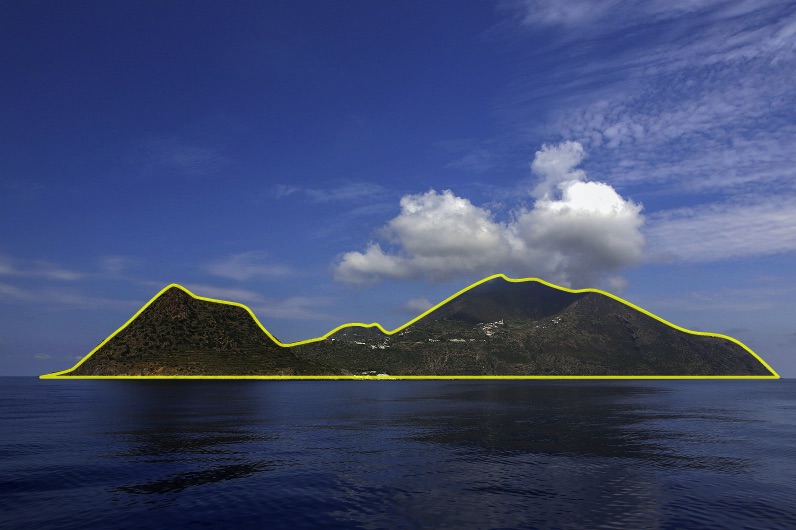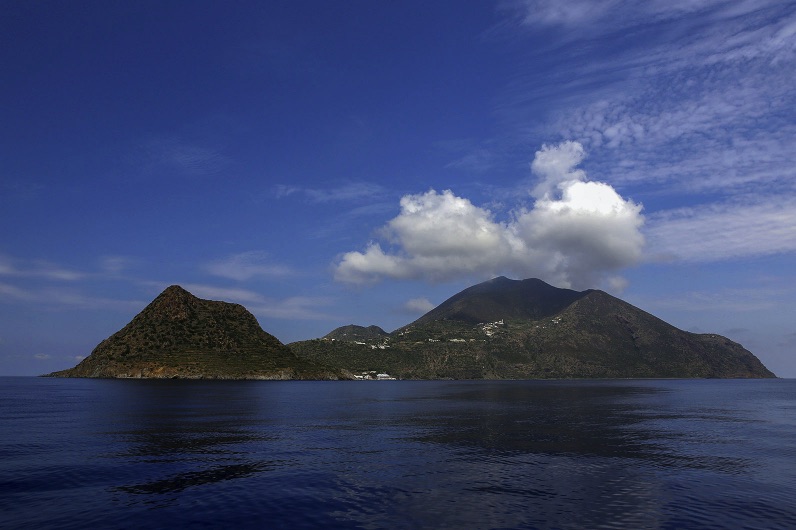Though the fifth largest island in the Aeolian archipelago, Filicudi is only partly inhabited. Despite its small size, the villages on the coast of Filicudi are dominated by an imposing
volcanic structure
, now inactive, 774 metres above sea level.


However, the base of the structure starts from around 1600 metres below sea level, making Filicudi an imposing volcano of around 2300 metres.
The coasts of the island are quite varied, from the level beaches of Capo Graziano to the marvellous coasts overhanging the sea, and the north-western coast, where the rock of “La Canna”, 71 metres tall, faces the natural arch of the “Perciato” and the wide “Grotta del Bue Marino” (Grotto of the Sea Oxen). The ancient name of Filicudi was Phoenicusa, from the ferns that grow abundantly throughout the island. The island has been inhabited since the 3rd millennium BC, as shown by excavations in the peninsula of Capo Graziano.
Even during the Greek and Roman rule, Filicudi was an important junction of the oil and wine trade, and the abundant underwater findings of wrecks with their commercial loads are proof of this.
At one time the island was cultivated with great difficulty by its inhabitants, and this is still witnessed today by the fact that the whole island is terraced with dry stone walls.